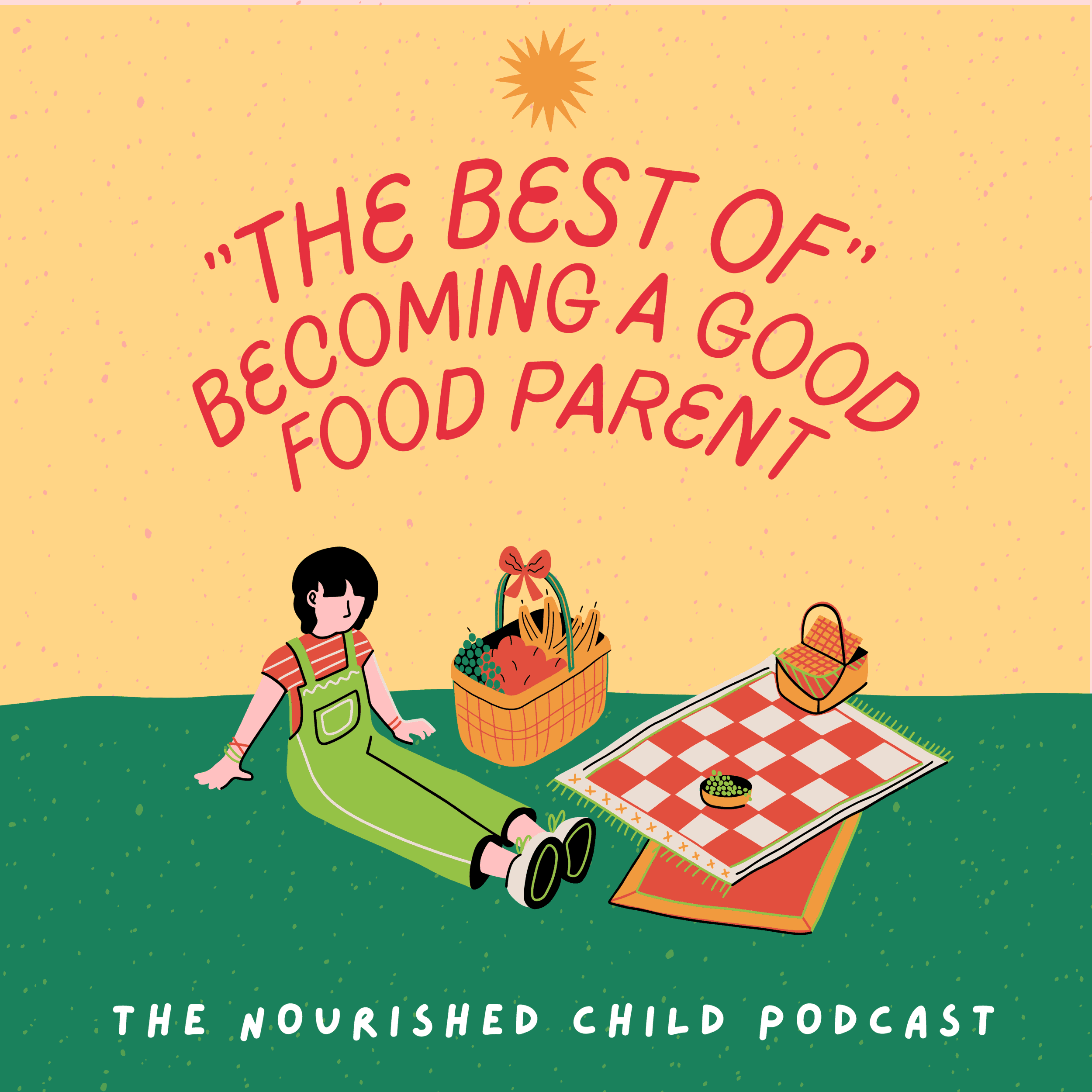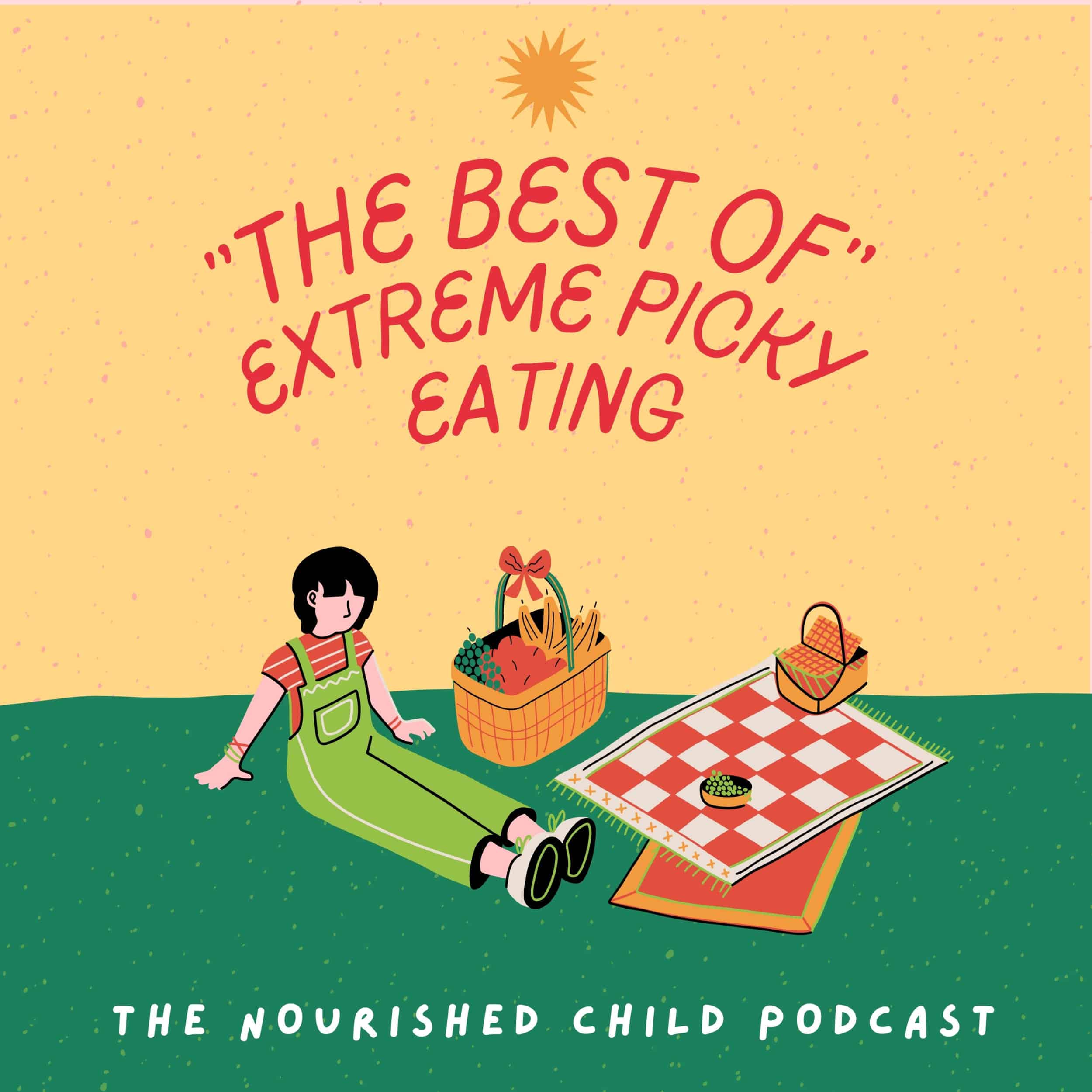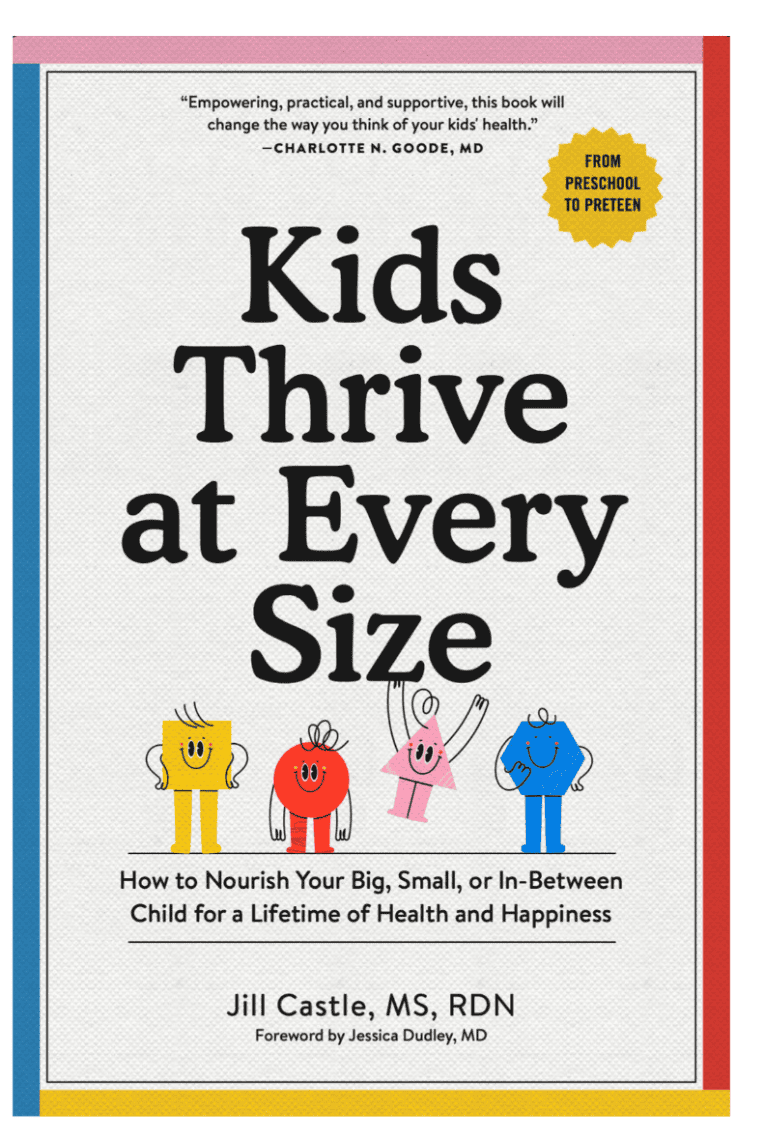Why Picky Kids Love White Foods (+ 5 Tips for Better Eating)
June 10, 2022
Here’s why so many kids prefer white foods and how to help them try new foods.
Do you have a picky eater who only eats one color of food? Who only likes carbohydrate foods like white bread, chicken nuggets, and white rice? Fussy eaters may only eat a few foods they like, while other kids may have an aversion to certain textures and colors.
White foods have a bland flavor and look safe, so it’s not surprising that white and beige foods like crackers and chicken tenders are popular with children. But extreme picky eaters miss out on a variety of foods, and with that, essential nutrients.
As a pediatric dietitian, I know how frustrating it is to worry about nutrient deficiencies, your child’s immune system, and their food choices. Keep reading to find out why white foods appeal to children and what you can do to introduce new foods to your child’s diet.

Why Do Kids Like Bland Foods?
There are a number of reasons why a child may not enjoy different plant foods, whole-grain bread, or fresh fruits. A world of intense flavors and colors enter a young child’s world when they start eating solid food. Some brave eaters taste various foods, but many kids will eye new foods suspiciously.
Toddler picky eating may be part of the developmental phase of young children. Your little one is testing his newfound autonomy and exploring new tastes and their food preferences. A child’s cautiousness about what they put into their mouth can be a good thing.
What are “white foods”?
It’s common for kids to prefer neutral-colored foods that are white or beige and have a smooth texture. This list of white foods is probably very familiar to you!
- Plain pasta
- Bread
- Crackers
- French fries
- Bananas
- Applesauce
- Peeled apples
- Popcorn
- Chicken
- Mozzarella cheese sticks
- Oat-O’s Cereal
- Potato chips
- Cream cheese
So why does your child refuse to eat anything except a white diet? Here are 4 common reasons:
1. Safe and familiar food
Many kid-friendly foods are white foods. Even baby’s first foods are often baby cereal, applesauce, pureed chicken, and crackers.
Young kids often gravitate toward foods that are familiar as they are introduced to new ones. Food neophobia (fear of new food) is a normal resistance to unfamiliar food, and common in little ones.
The good news – it’s not the same as an oral aversion to food.
2. Sensory Food Aversion
Kids with food aversion refuse to eat certain textures, colors, tastes and even temperatures. An aversion to food textures and colors is common in children on the spectrum (ADHD and autism spectrum disorder) and those with developmental delays.
Did you know that feeding problems are 70% more common in kids with autism than in kids without autism? It makes sense that a child with sensory issues and negative responses to textures, lights, and noises might want to avoid certain foods.
3. ARFID (Avoidant Restrictive Food Intake Disorder)
The Diagnostic and Statistical Manual of Mental Disorders (DSM-5-TR) classifies Avoidant Restrictive Food Intake Disorder as an eating disorder.
While picky eating can be extreme for some kids, ARFID is a refusal to eat, due to medical, behavioral or psychological influences.
Children with ARFID typically have less than 20 foods they will eat. They may avoid food because they’re afraid of choking or they have a sensory aversion to certain colors or textures. Food avoidance may affect a child’s weight and nutritional status.
4. Food Jag
Kids sometimes go on a ‘food jag.’ Food jags occur when a child only wants to eat one kind of food for days or weeks at a time, like eating plain white pasta for days on end. This upsets the balanced diet and makes parents worry.
Many kid-friendly favorites are bland white foods like pasta and bagels. Although a food jag is common in toddlerhood, it will usually pass.
5 Tips for Trying Colorful Foods
My number one recommendation for helping children try new foods is patience. Many signs of picky eating will pass with time, along with a positive attitude and environment. But if you make a big deal about eating, it may extend this phase.
Here are a few actionable tips to help kids try new foods without creating more tension during family mealtime.
#1 Don’t Pressure Kids to Eat
Bribing, punishment, and pressure to eat make eating feel like a punishment for kids. It can make picky eating worse and affect how your child feels about healthy foods.
#2 Schedule Times for New Food Trials
Keep food trials separate from mealtimes. Family meals should be positive and tension-free so your child doesn’t associate meals with negative feelings or the pressure to eat.
A child struggling to accept new foods might even feel more pressure with an audience of family members around the table.
Having a time of day to introduce new food in a light, fun way can ease the stress for both you and your child.
Pick a time and place where there won’t be any distractions. It’s a good idea to keep new food exposure brief, fun, and let your child lead. For mealtime, limit meal duration to 20-30 minutes and plan to feed your child every 3 to 4 hours, when they’re hungry.

#3 Develop a Step-Wise System
Ease your child into trying new foods with a step-wise system. Start by introducing foods he’s most likely to accept and then progress towards more challenging foods. This is called food chaining.
Consider your child’s food preferences and offer age-appropriate foods and healthy snacks like finger foods.
A large plate of green vegetables can overwhelm a young child. Instead, introduce new things, one at a time, and offer smaller portions.
#4 Positive Reinforcement
How a parent reacts to a child when they refuse to eat and when they try new food greatly influences their eating behavior.
Here’s where patience comes in. Try to have a neutral response when your child rejects food. And react without emotion when they successfully try new food.
Your child’s only responsibility is to taste food. They don’t have to commit to liking it or even eating it.
When you change your expectations for trying new foods, it takes a lot of pressure off of your child.
#5 Choose Nutrient-Rich Foods
It’s tempting to give a child anything they’ll eat when you’re afraid they’re not eating enough. Ultra-processed foods, fruit juices, beige sugary foods. It feels better than constant food rejection! But a beige diet isn’t good for a child’s overall health.
Instead, slowly introduce a variety of new foods and use the opportunity to help your child cultivate an attitude of adventure while developing healthy eating habits and taste preferences for nutrient-rich foods.
Check out these surprisingly healthy foods for picky eaters!

Send Me The Do’s & Dont’s of Picky Eating!
Final Thoughts about Kids Who Like White Food
When kids don’t “eat the rainbow,” they may miss out on various nutrients from different foods. Temporary food jags and a little pickiness are common during toddlerhood. Most picky eaters will get adequate nutrients from the handful of foods they eat because many foods are fortified with additional nutrients.
Picky eating can become a long-term challenge for families when negative feeding behaviors accompany picky eating. However, parents can help their kids try new foods with patience and a step-wise food introduction plan.
Resources
- My workbook Try New Food: How to Help Picky Eaters Taste, Eat and Like New Foods, which helps you introduce foods to picky eaters.
- If you need more guidance, my Nutrition for the Picky Eater class can help.
- Check out The Ultimate Guide to Feeding the Picky Eater!
- Watch my YouTube video ‘TRY NEW FOODS: How to Get Kids to Taste Food Even When They’re Picky‘

Jill Castle, MS, RD
I like empowering parents to help their children and teens thrive at every size with realistic advice centered on healthful habits around food, feeding, nutrition and health behaviors. As a pediatric dietitian and author, my goal is to share strategies and realistic advice to help you raise a healthy and happy child through my articles and podcast.




